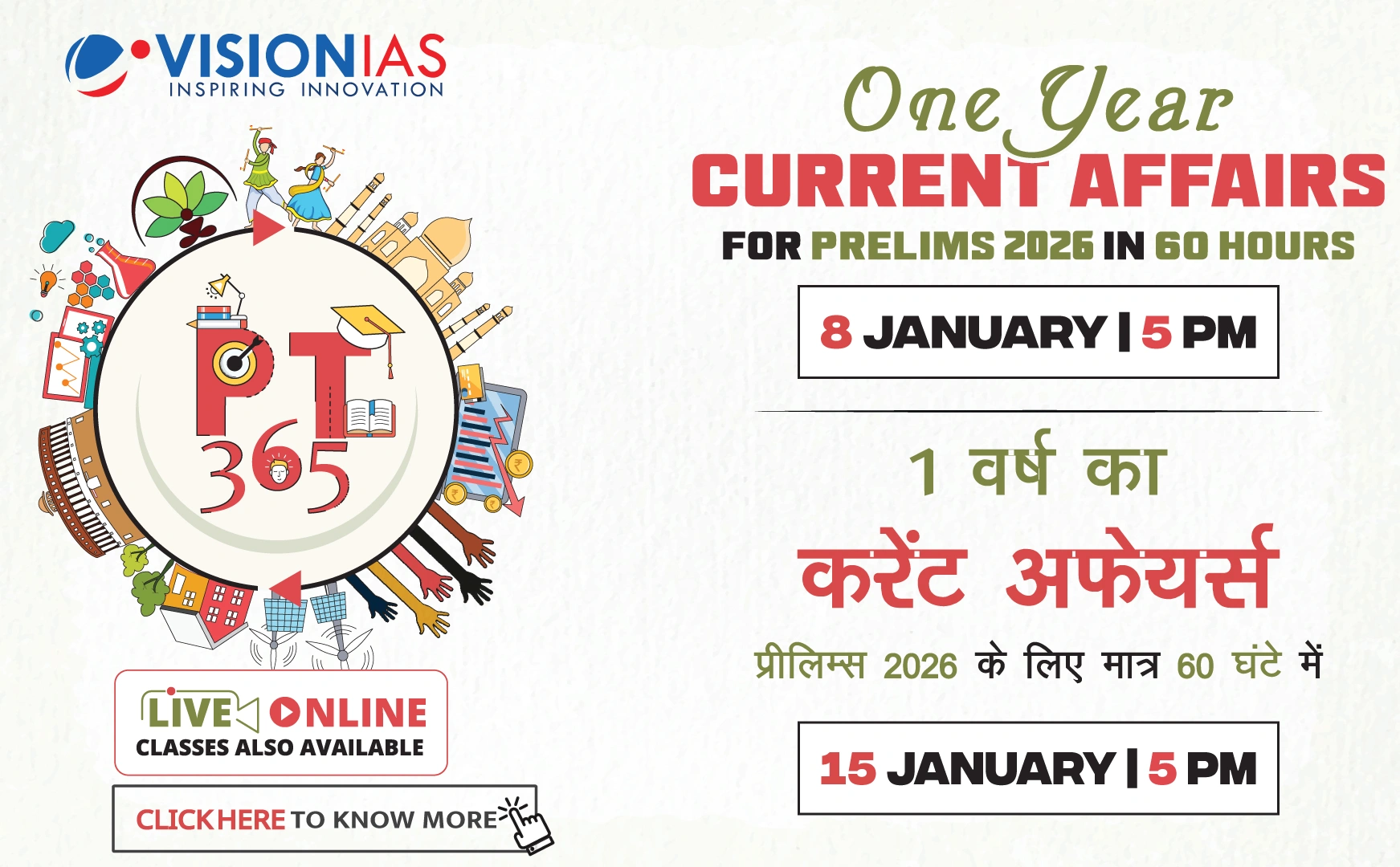Labour Reforms Initiative
The Labour and Employment Ministry highlighted the necessity of labour reforms to achieve the government’s vision of Viksit Bharat by 2047.
Key Points from the National Conference
- Emphasis on balancing workers' welfare and industrial growth in policy decisions.
- Focus on labour reforms and social security for both organised and unorganised workers, including gig and platform workers.
- Expansion of the Employees’ Social Insurance Corporation (ESIC) medical and healthcare services.
- Interventions aimed at meeting labour market demands and promoting employment through the National Career Service (NCS) portal and model career centres.
Progress and Implementation
- More than 18 states and Union Territories have implemented most reforms.
- 32 states and UTs have pre-published draft rules under the four labour codes, with all expected to complete by March 31, 2025.
Reforms Objectives
- Promote ease of doing business.
- Reduce compliance burdens and decriminalize processes.
- Enhance women's participation in the workforce.
New Initiatives Launched
- Occupational Shortage Index (OSI): Aims to match labour market demand and supply, enhancing employment outcomes across India.
- e-Shram Microsites: Facilitate social security access and provide employment opportunities for unorganised workers.
States were encouraged to digitize employment portals and integrate them with NCS for better access to career services.
Next Steps
The ministry, in collaboration with states and UTs, is compiling a comprehensive action plan for focused implementation of reforms, based on insights and suggestions from participants.



